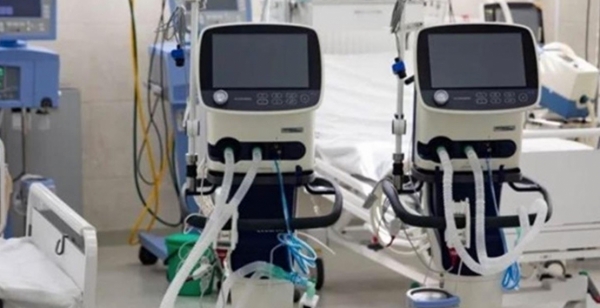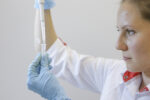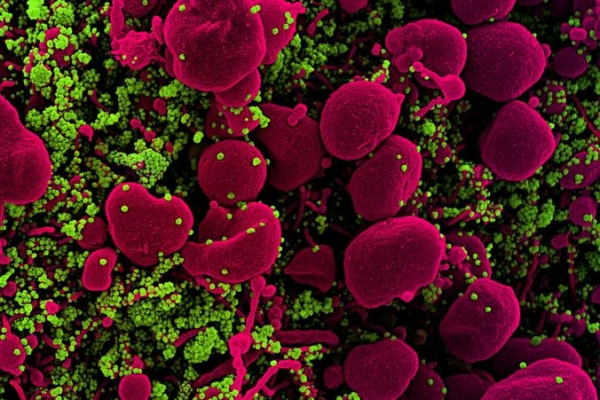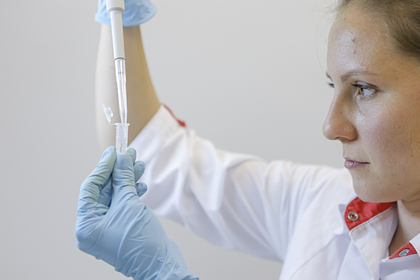
The current epidemic of coronavirus is strongly associated with medical masks and resuscitators. Consider in this article the importance of the latter, and why you should not buy them “just in case” for yourself.
The device of artificial ventilation of lungs (further – ventilation), or artificial light, is a medical device that supports the vital respiratory functions of the body. Due to artificial ventilation in a patient whose lungs are unable to function normally for various reasons, there is a chance of survival, provided appropriate treatment.
Ventilation is the main device that supports or replaces the function of the lungs; it is used not only in patients with respiratory insufficiency caused by illness or injury.
See the statistics of coronavirus in Russia
Ventilation fan applies to equipment that support basic life functions. In addition to the assistance and the replacement of the respiration in case of respiratory failure, this device is also widely used in anesthesia when General anesthesia is required. The patient is introduced to a medical sleep (induced coma) and subjected to mechanical ventilation.
What is a ventilator?
Modern medical equipment allows you to maintain the vital functions of patients and thus their treatment in situations where the vital organs are not functioning properly.
One such medical device is a respirator a respirator, which was built by Philip Drencrom and Louis Shaw in 1928 – the so-called iron lung created negative pressure in chest and thus allow for ventilation of the patient.
“Iron lung” was first designed and functioning respirators, which for many years has allowed, among other things, artificial respiration. However, the first prototypes of the medical devices has arisen much earlier – draft ventilation was prepared by Leonardo da Vinci, and the description of his work was produced in 1555 by the founder of modern anatomy Andreas Wasalam.
The first device is a ventilator working on the principle of creating negative pressure around the chest, resembled the rib cage, which was the patient; only his head was outside. Some patients lived in such a device for many years. Currently used respirators deliver breathing gases directly to the lungs through the endotracheal tube. This creates a positive pressure in the lungs, to maintain respiratory function.
How does the ventilator?
The principle of operation of the ventilator is not complicated. This device uses a tracheal tube inserted into the trachea to pump air directly into the lungs of the patient with respiratory failure, ensuring its survival. Modern respirators work on the principle of creating positive pressure in the lungs; the Previously used “artificial light” is operated from the outside, creating negative pressure on the ribcage, so she was squeezed and lifted.
The modern medical ventilators which used in operating rooms, intensive care units and in patients who, for example, in a coma or for various reasons can not breathe independently, requires constant power supply. Currently available are two types of ventilation, namely, electric and pneumatic devices. These devices can be used not only in hospital but also at home when the patient requires continuous or periodic respiratory support. Thanks to modern technologies of intellectual ventilation to support breathing of patients undergoing treatment at home and in hospices.
Ventilators currently mass-selling device. They help to preserve the health and life of patients infected with the coronavirus, who suffer from a serious illness. Mechanical ventilation with mechanical ventilation is a key element in the treatment of disease caused by the novel coronavirus SARS-COV-2. In severe cases COVID-19 in addition to respiratory failure caused by pneumonia, also manifests a high temperature, dry, suffocating cough and cough with blood. A large number of infected people is asymptomatic, which means they may only have mild symptoms similar to the common cold, however, being contagious.









More Stories
Color wheel online
The Ministry of health has promised to disclose information about the vaccine trials from COVID-19
Called “atypical” symptoms of coronavirus